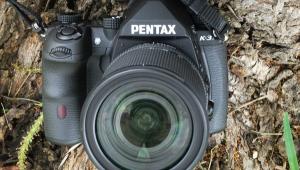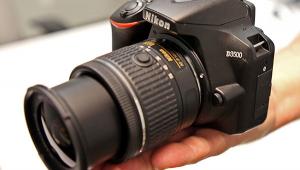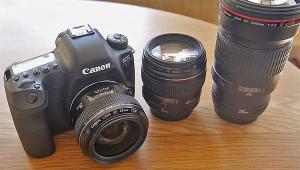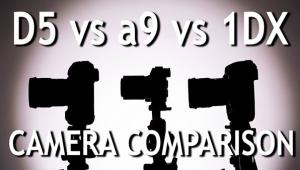Your camera should be coupled with a good printer. And in this case the inkjet printers will give justice to your camera. - Thaddeus Heffner
Olympus’ EVOLT E-510; A 10-Megapixel D-SLR With Live View & Built-In Image Stabilizer Page 3
Sharpness was a tad low due to aggressive NR that produces a loss of detail due to blurring. The problem can be solved with a higher in camera Sharpening level but that does not provide the most natural-looking results. Switching to the Low NR option is a better bet for greater sharpness (e.g., less blurring) and higher resolution of intricate detail. There's an NR Off setting as well; that's ideal for ISO 100 but by ISO 400 the images are too "grainy." My technically best images made for gorgeous 13x17" inkjet prints at 240dpi after slight optimization and re-sizing in Photoshop CS3.
At ISO 800, the Low NR setting remains suitable for those who do not want excessively smooth results caused by blurring that's intended to minimize digital noise. A mottled color pattern is visible at ISO 800 but the images still made for very nice letter-size prints. By ISO 1600, I found that the Standard NR was preferable. There was some slight "smearing" of fine detail but adequate resolution for making good 8x10" glossies. Extra sharpening was required in camera--or preferably in Photoshop with greater control--in order to compensate for the softening produced by the Standard NR level.
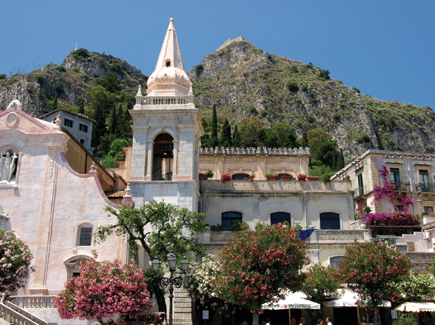 |
|
|
This 10-megapixel D-SLR provides very high resolution with excellent definition of fine detail in JPEGs when the right level of NR is selected. Slightly better image quality is possible in raw capture but the difference is not noticeable in print sizes smaller than 10x13". Raw capture is definitely useful however, particularly in contrasty light where images often include excessively bright areas lacking texture or detail. Use raw capture instead and the (highlight clipping) problem is not difficult to solve with contrast and exposure adjustment in the Olympus Master 2 software.
If shooting JPEGs in harsh light, it's best to underexpose a bit and set in camera contrast to -2 to minimize blown-out highlights. Later, use Levels or Curves in imaging software to achieve a brighter, snappier effect. In JPEG capture, some users will also want to set higher saturation--or select the Vivid mode--for richer, more vibrant photos. It may also be tempting to boost in camera sharpening. In my opinion, that's unnecessary at ISO 100-800 if the NR level is set to Low.
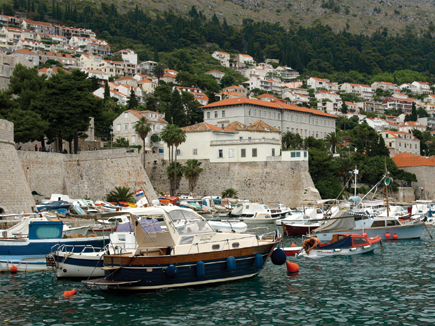 |
|
|
The Bottom Line
The EVOLT E-510 is a leading contender in the 10-megapixel category with a vast range of functions, built-in stabilizer, an incredibly effective anti-dust system, plus Live View (unique to Olympus in the "affordable" category). It is a remarkably feature-rich camera for the price and the ultrasonic sensor dust removal system is unusually effective. Surprisingly though, Olympus is still using a three-point AF sensor while some competing cameras boast nine- or 11-point systems. The three-point arrangement is fine for most subjects but it cannot maintain focus on a very small subject that drifts off-center in action photography. The built-in Image Stabilizer is a real bonus however, and it's compatible with every Four Thirds format lens. The system allowed me to make many sharp photos at an 84mm equivalent focal length at 1/15 sec instead of the 1/90 sec required when IS was off.
Granted, some competitors are faster or feature a more versatile autofocus system and a larger viewfinder. But the E-510 is remarkably desirable and successful in all other aspects. While the E-410 is less expensive, the E-510 offers extra value with its Anti-Shake system, larger handgrip, extra analog controls, and larger battery. Regardless of the EVOLT model that you choose, plan to pay about $100 more for the kit with the 14-42mm ED zoom because it's a better than average performer.
The EVOLT E-510 measures 5.35x3.6x2.7" and weighs 16.6 oz (body only). The street price is $799 (body only).
For additional information and specs, visit the Olympus website at: www.olympus-esystem.com.
You can also contact Olympus Imaging America Inc. at 3500 Corporate Parkway, PO Box 610, Center Valley, PA 18034; (888) 553-4448; www.olympusamerica.com.
A long-time "Shutterbug" contributor, stock photographer Peter K. Burian (www.peterkburian.com) is the author of "Mastering Digital Photography and Imaging" and the co-author of several "Magic Lantern Guide" books about 35mm and D-SLRs. He also teaches two online digital photography courses at BetterPhoto.com.
- Log in or register to post comments



